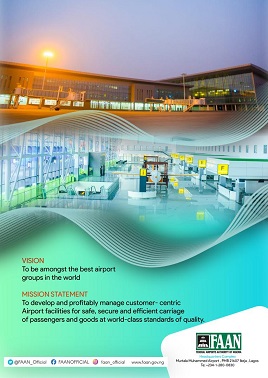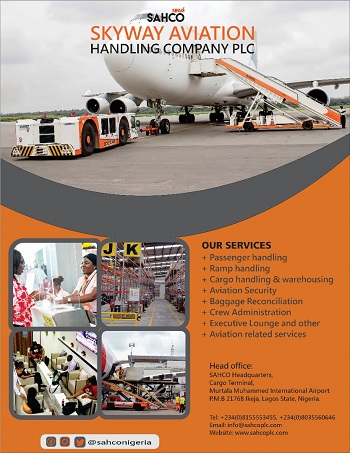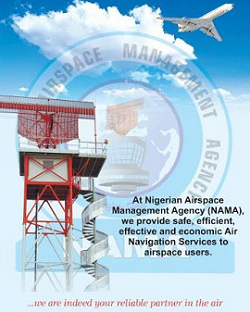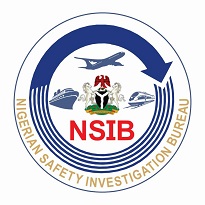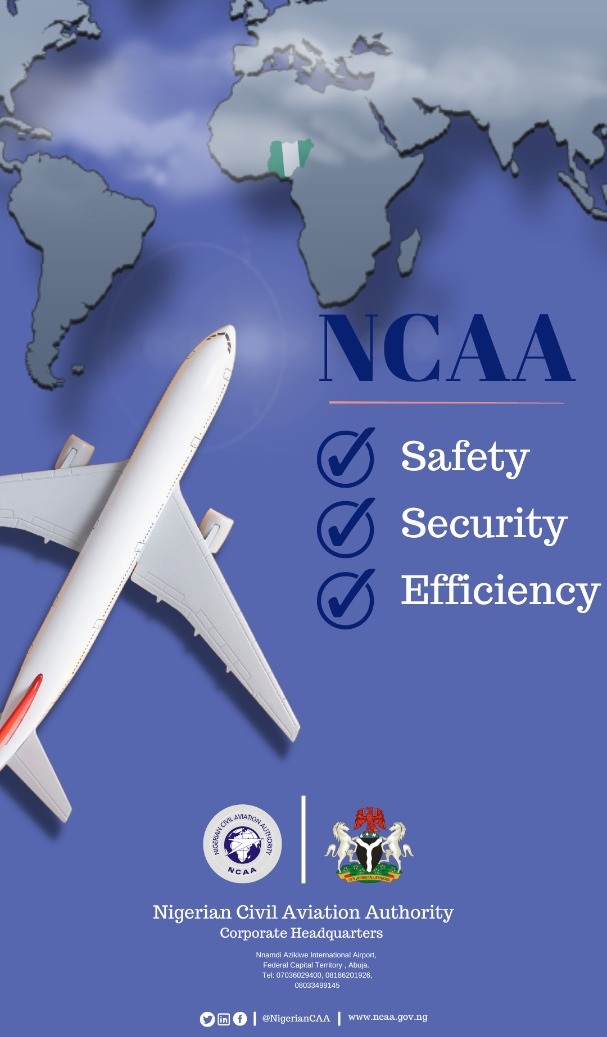
In line with its commitment towards enhancing the quality of air traffic services in the country, the Nigerian Airspace Management Agency (NAMA) has successfully split the Lagos Sub-Flight Information Region (Sub-FIR) airspace into two sectors: Lagos West Area Control Centre on 120.9MHz radio frequency and Lagos East Area Control Centre on 127.3MHz frequency.
The sectorisation which took off at exactly 00.01 UTC on Thursday, July 18, 2019 was a culmination of a two-year strategic plan by the agency to achieve sectored operations in the Lagos sub-FIR owing to the then congested single radio frequency enroute control operations.
Speaking to stakeholders at the flag-off of the facility, Managing Director of NAMA, Capt. Fola Akinkuotu said although sectorisation of Lagos had eluded NAMA for over 16 years, it took the commitment and determination of staff to see to its actualization.
Akinkuotu said sectorising Lagos became imperative owing to the increasing volume of traffic and the attendant challenges posed to both pilots and air traffic controllers. He added that in a bid to achieve this feat, the agency had put in place several measures to ensure its effective takeoff.
He listed the measures to include the development of standard operating procedures (SOPs) and a test-run of the procedures at the Nigerian College of Aviation Technology (NCAT), Zaria; in-house training of needed manpower to boost capacity in the two sectors; enhancement of the required support facilities for ground-ground and air-ground communication; update of the radar maps and database of the radar system; test run of the radar system and radio communication equipment, as well as the issuance of an Aeronautical Information Publication (AIP) supplement on the 9th of May, 2019 to give airspace users 56 days notification as required by the International Civil Aviation Organization (ICAO) and Part 14 of the Nigerian Civil Aviation Regulations.
The NAMA boss listed other milestones to include the signing of Letters of Agreement with adjacent FIRs like Accra, Douala, and Lome; the signing of letters of procedures between Lagos -Abuja and Lagos – Port Harcourt; development and publication of Nigerian enroute charts showing the delineation of the East and West airspace sectors and the conduct of safety assessment as well as a stakeholders’ forum.
The immediate benefits of sectorization according to Akinkuotu, include reduction in congestion on the available en-route control radio frequency, reduction of flight delays; reduction in fuel consumption, reduction in CO2 emission, as well as increasing air traffic management (ATM) capacity. He said sectorising the Lagos Area Control Centre (ACC) would bring about optimum utilization of the airspace by reducing controller-pilot workload, thereby increasing efficiency and quality of service delivery as well as providing functional air navigation services that will meet international standards at no cost to the users.
As part of the process, Akinkuotu revealed that two (2) new procedural control flight progress boards with two (2) controller working positions for the East and West sectors have also been provided to ensure proper ergonomics at the Lagos Area Control Centre.
It would be recalled that an air traffic management assessment of the Nigerian airspace was conducted in 1991 preparatory to the deployment of satellite communication system in the country where the studies confirmed the need for a sectored operation in Lagos and Kano.
While Kano was sectorised in 2001, that of Lagos was stalled due to insufficient ATC manpower and infrastructural gaps at the time. Established in 2001 out of the Kano Flight Information Region, which hitherto controlled the entire Nigerian airspace, the Lagos Area Control Centre manages 15 airports within the southern sector of the Nigerian airspace including flights overflying the upper airspace.


